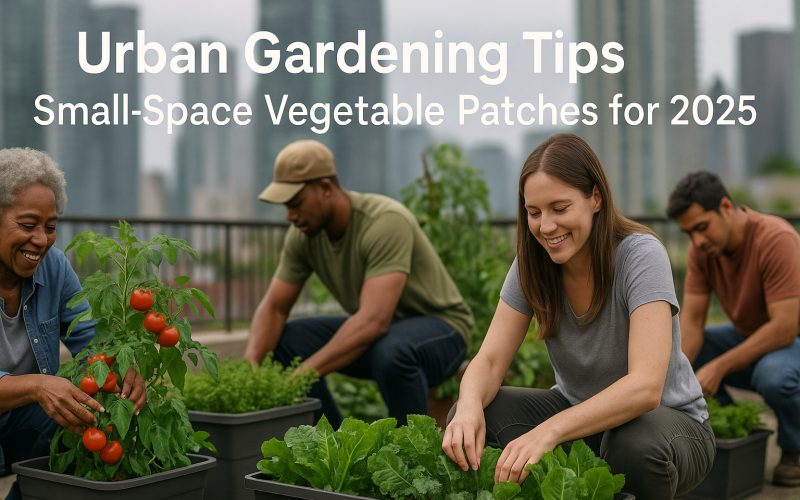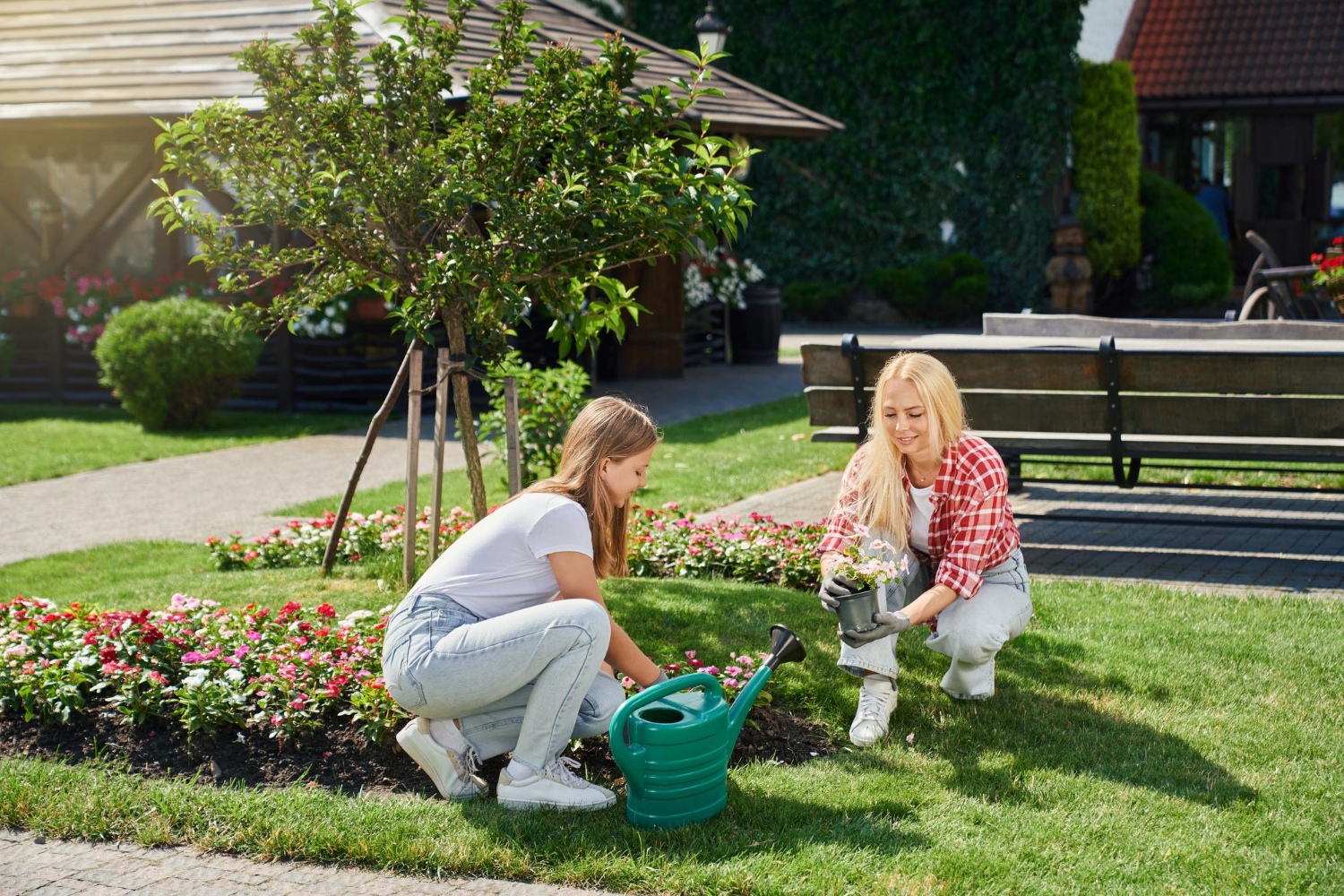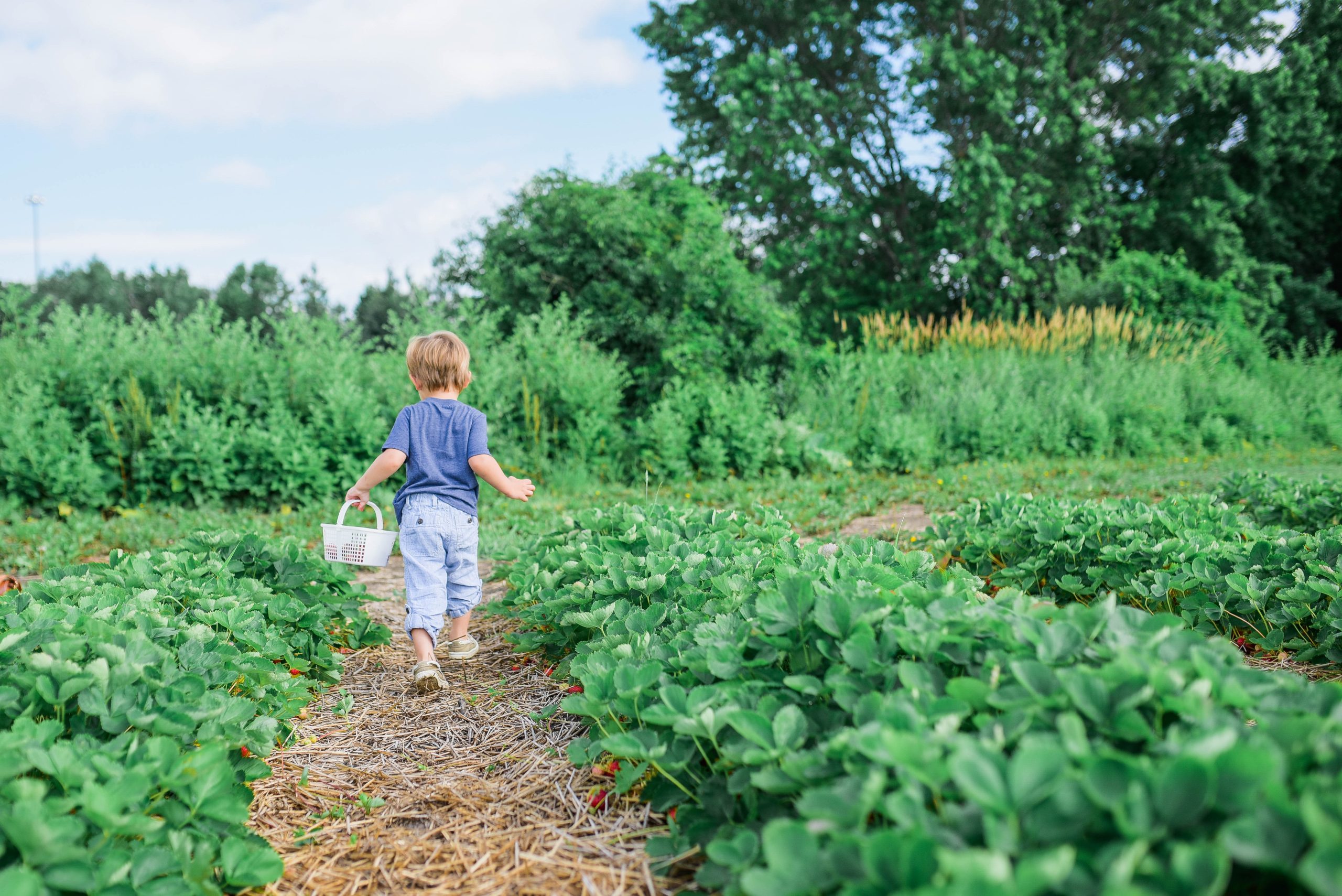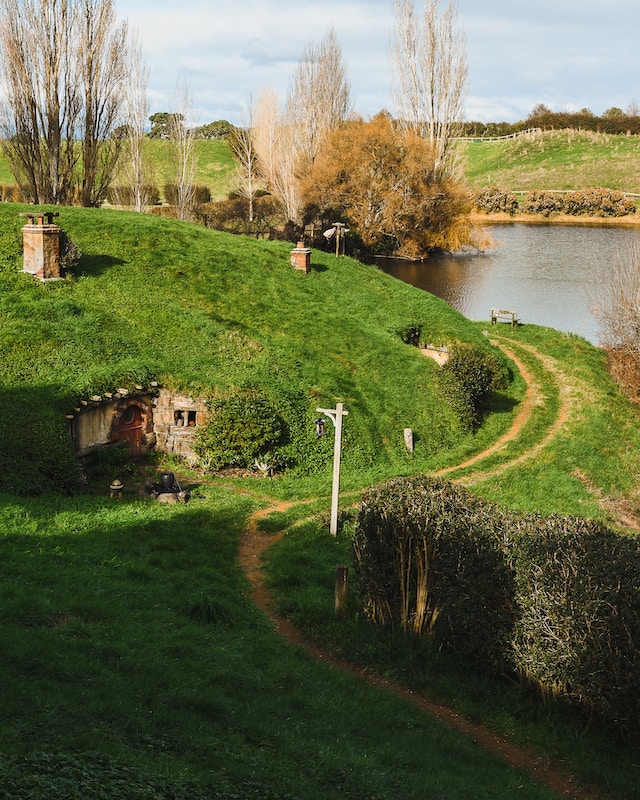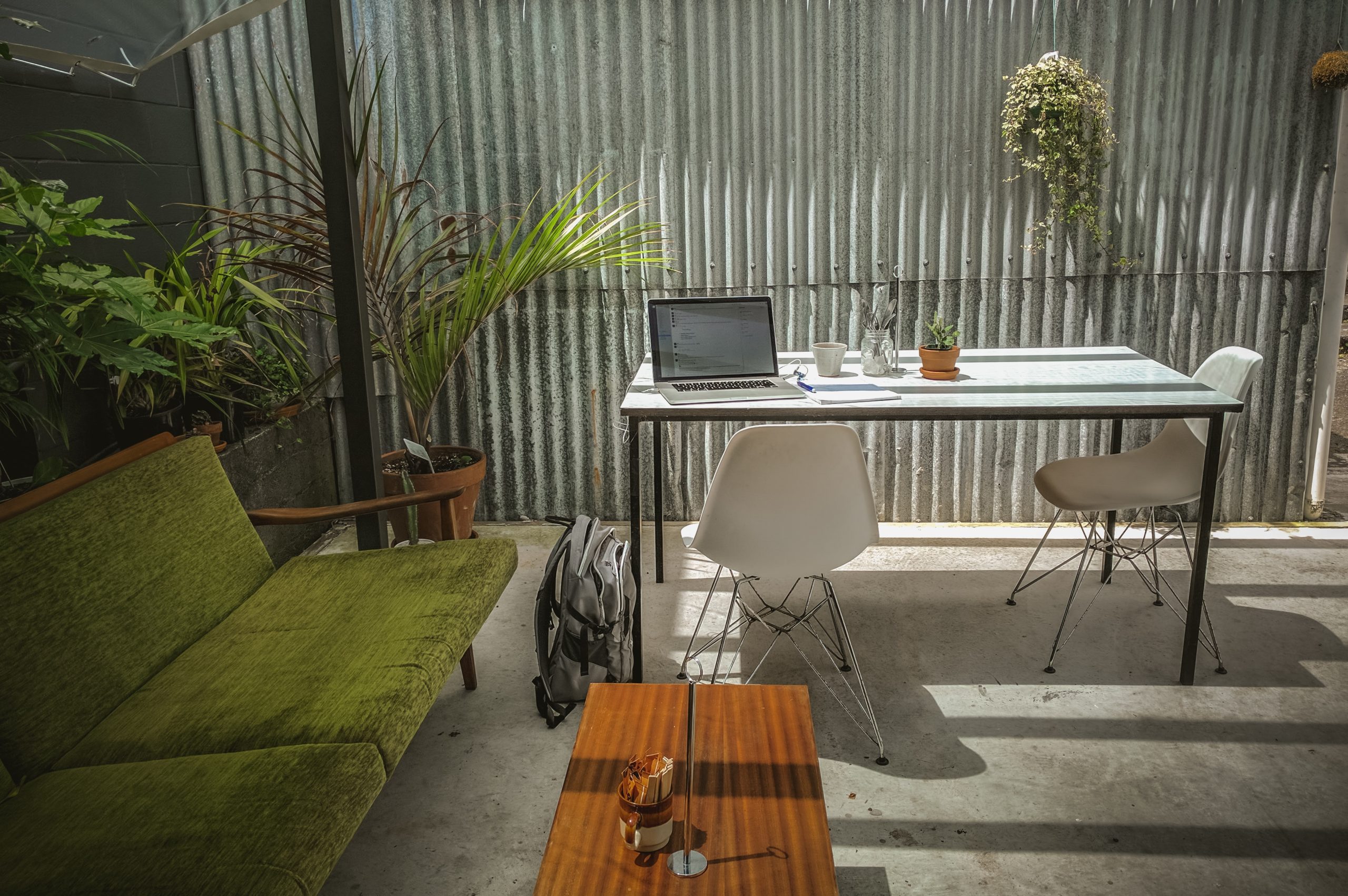Introduction
Urban gardening is becoming increasingly popular as more people move into cities and search for ways to grow their own food in limited spaces. Whether you’re living in an apartment or have a small balcony, the idea of having a small-space vegetable patch is not only feasible but rewarding. In 2025, gardening in small spaces is more accessible than ever, thanks to innovative techniques and tools that make urban farming easier for everyone.
This guide will provide you with essential urban gardening tips for growing vegetables in small spaces, focusing on maximizing every square inch of available space. From container gardening to vertical gardens, we’ll cover the best methods for creating a productive vegetable garden right in your home or apartment. By the end of this article, you’ll have the knowledge and inspiration to create your own small-space vegetable patch and enjoy fresh, homegrown produce all year long.
What is Urban Gardening?

Urban gardening refers to the practice of growing plants in city environments, where space is often limited. This includes cultivating vegetables, potting soil, herbs, potted plants, and flowers in small areas like apartments, rooftops, balconies, and even windowsills. As cities become more crowded, urban gardening allows residents to connect with nature while growing their own food.
In 2025, urban gardening continues to thrive, with people finding creative ways to use even the smallest spaces for gardening. Whether you’re a beginner or an experienced gardener, the techniques available today make it easier than ever to start your own vegetable patch in the city.
Benefits of Urban Gardening
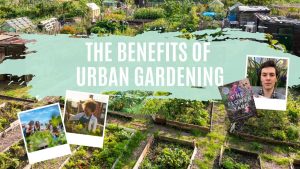
1. Fresh, Homegrown Produce
The most obvious benefit of urban gardening is the ability to grow your own fresh vegetables. No need to worry about pesticides or produce that’s been transported across the country. You can harvest your vegetables when they’re ripe and enjoy them in your meals.
2. Space Optimization
Even in small apartments or homes, urban gardening allows you to use vertical space, windowsills, and containers to grow a variety of vegetables. Small-space vegetable patches can be as efficient as larger gardens when designed properly.
3. Improved Mental Health
Gardening has been shown to reduce stress and improve mental well-being. Taking care of your plants and watching them grow can bring a sense of accomplishment and joy, making it a therapeutic hobby.
4. Sustainability
By growing your own vegetables, you reduce your carbon footprint. You can minimize food waste and reduce your dependence on store-bought produce that often travels long distances. Urban gardening is also an eco-friendly way to use available resources efficiently.
Tips for Creating Small-Space Vegetable Patches
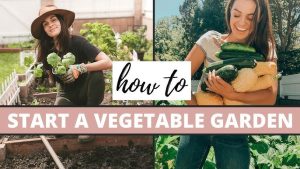
1. Choose the Right Plants for Small Spaces
Not all vegetables are suitable for small spaces, so it’s important to choose varieties that thrive in compact areas. Look for space-saving plants that grow vertically or in containers. Some great options include:
- Lettuce and other leafy greens (such as spinach and kale)
- Tomatoes, especially dwarf or compact varieties
- Radishes, which grow quickly and don’t require much space
- Herbs, such as basil, mint, and thyme, which can be grown in small containers
- Peas and beans, which grow vertically and can be trained up trellises
For small-space gardening in 2025, many companies offer compact vegetable kits designed for apartments and small patios, making it easier for beginners to get started.
2. Use Containers and Raised Beds
If you don’t have access to a garden bed or plot, container gardening is the perfect solution. Containers come in many sizes and shapes, allowing you to plant a variety of vegetables. Choose pots with good drainage and use high-quality soil for the best results.
Raised garden beds are another great option if you have limited ground space. They offer better control over soil quality and drainage, and you can position them to catch optimal sunlight. Raised beds can be particularly useful for growing root vegetables like carrots and potatoes.
3. Try Vertical Gardening
Vertical gardening is a game-changer for small spaces. By using trellises, hanging baskets, or wall-mounted planters, you can grow plants vertically, which maximizes your available space. Vertical gardening is ideal for climbing vegetables like cucumbers, tomatoes, and beans. You can even hang planters on your balcony or balcony railing.
In 2025, vertical gardening is more accessible than ever. Many DIY tutorials and products make it easy to create your own vertical garden, even if you’re a beginner.
4. Maximize Sunlight
Most vegetables need sunlight to grow properly, so positioning your garden in a spot that gets enough light is key. South-facing windowsills or balconies typically get the most sunlight throughout the day. If you don’t have much natural light, consider using grow lights to provide your plants with the necessary light for healthy growth.
Also, make sure to rotate your plants regularly so they all get adequate sunlight exposure.
5. Watering and Irrigation Systems
In small-space gardens, watering can sometimes be a challenge. Irrigation systems, like drip irrigation or self-watering planters, can help ensure your plants get the right amount of water. Over-watering or under-watering is one of the most common problems for new gardeners, so finding a reliable system will help you maintain a healthy garden.
For container gardens, you can use water trays to help manage drainage and ensure that the plants aren’t sitting in water, which can lead to root rot.
6. Companion Planting
Companion planting is the practice of planting different crops together that benefit each other. Some plants can help repel pests, while others can provide shade or support. For example, planting marigolds near tomatoes can help keep pests away, while basil can improve the flavor of tomatoes. In 2025, companion planting is an eco-friendly and practical way to maximize space and protect your crops.
Sustainable Gardening Practices for Small Spaces

1. Use Organic and Eco-Friendly Soil
Choosing organic soil and avoiding synthetic fertilizers can help your garden thrive without harming the environment. Many organic fertilizers are made from natural ingredients, which are safer for your plants and the ecosystem. Look for eco-friendly potting mixes that are enriched with compost or coconut coir for better moisture retention and nutrient content.
2. Composting
If you have space for a small compost bin, consider composting your kitchen scraps. Composting is an excellent way to recycle organic waste and create nutrient-rich soil for your garden. You can compost vegetable peels, coffee grounds, and plant clippings, turning waste into a valuable resource for your plants.
3. Rainwater Harvesting
Rainwater harvesting is an eco-friendly practice that helps conserve water. By setting up a rainwater collection system, you can gather water for your plants and reduce your reliance on tap water. In urban spaces, rainwater harvesting is a cost-effective and sustainable solution for watering your garden.
Future of Urban Vegetable Patches
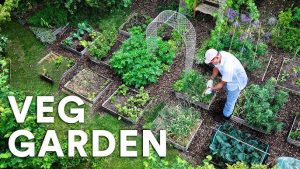
The next wave of urban gardening will be smarter and more space-wise. Vertical planters with built-in watering systems will cover walls and fences. Hydroponic and aeroponic kits will let people grow lettuce and herbs without soil. Smartphone apps will send reminders for watering, feeding, and harvesting. Shared tool libraries and seed banks will pop up in more neighborhoods. Community gardens may add solar-powered lights for night-time care. Schools and libraries will host beginner classes and seed swaps. As tech and community support grow, even a tiny balcony box will yield a rich harvest by 2025.
Comparative Table: Best Vegetables for Small-Space Gardening in 2025
| Vegetable | Best for Small Spaces? | Growing Tips |
|---|---|---|
| Lettuce | Yes | Grows well in containers, needs partial sun |
| Tomatoes | Yes (dwarf varieties) | Use a small pot or hanging basket, needs full sun |
| Radishes | Yes | Fast-growing, minimal space required |
| Herbs (basil, thyme) | Yes | Grow in small pots on windowsills, needs sun |
| Beans | Yes (climbing varieties) | Grow vertically using a trellis or fence |
| Spinach | Yes | Thrives in cooler weather, requires shade |
Conclusion
Starting an urban home garden in 2025 is easier than ever, even for those with limited space. By using container gardening, vertical gardening, and sustainable practices, you can create a thriving small-space vegetable patch in your home or apartment. Whether you’re growing herbs on your windowsill or tomatoes on your balcony, the benefits of urban gardening are clear: fresh produce, improved well-being, and a more sustainable lifestyle.
With a little planning, the right tools, and some creativity, your small space can become a productive garden that provides you with fresh, homegrown vegetables all year long.
Call to Action
Ready to create your own small-space vegetable patch? Visit [your website] for more urban gardening tips and discover the best tools and resources to help you start your gardening journey today!






